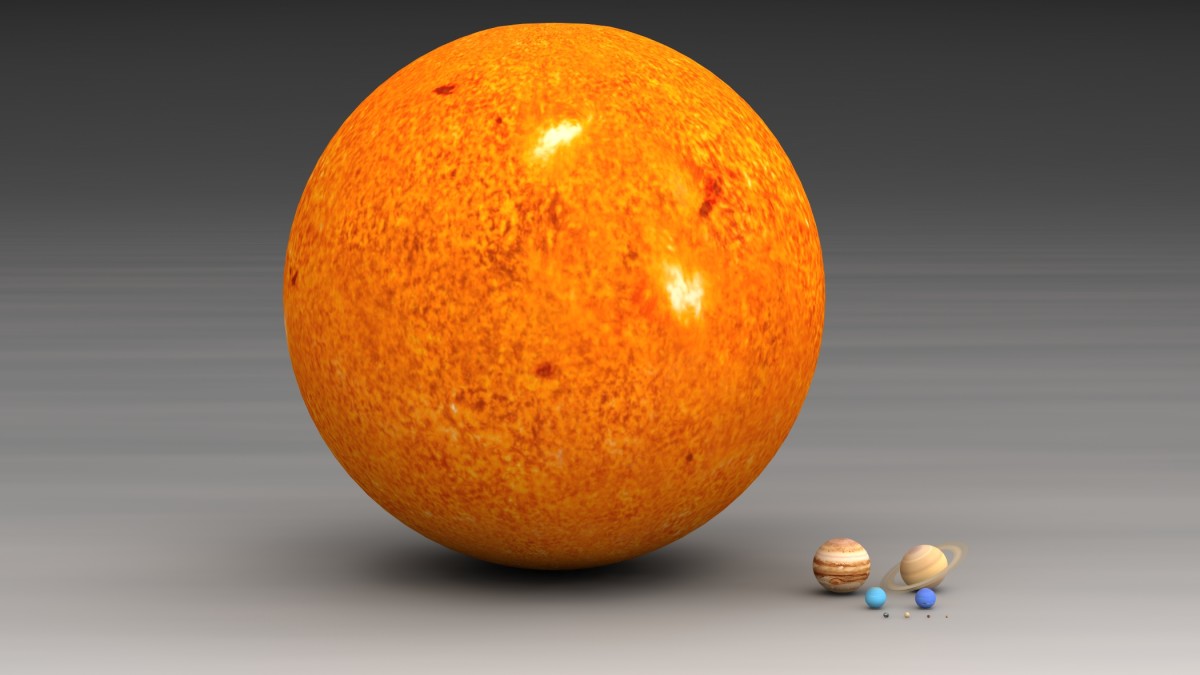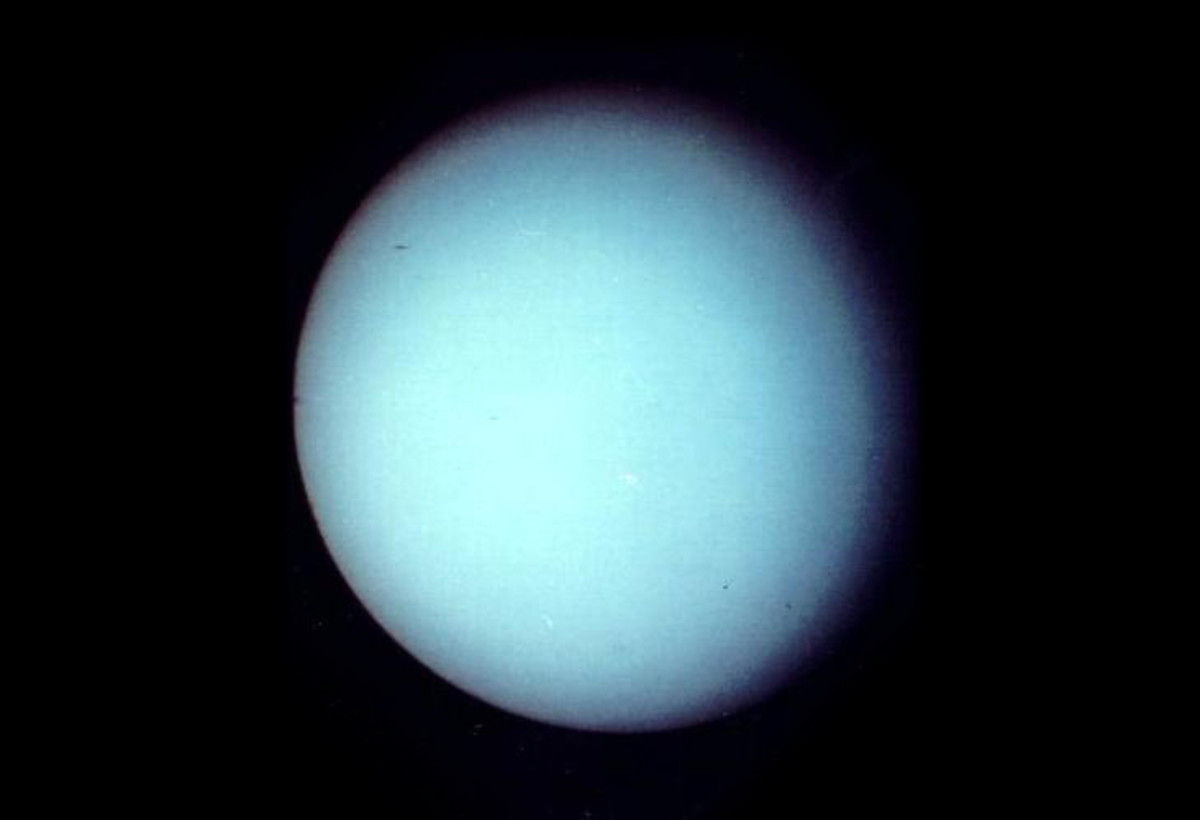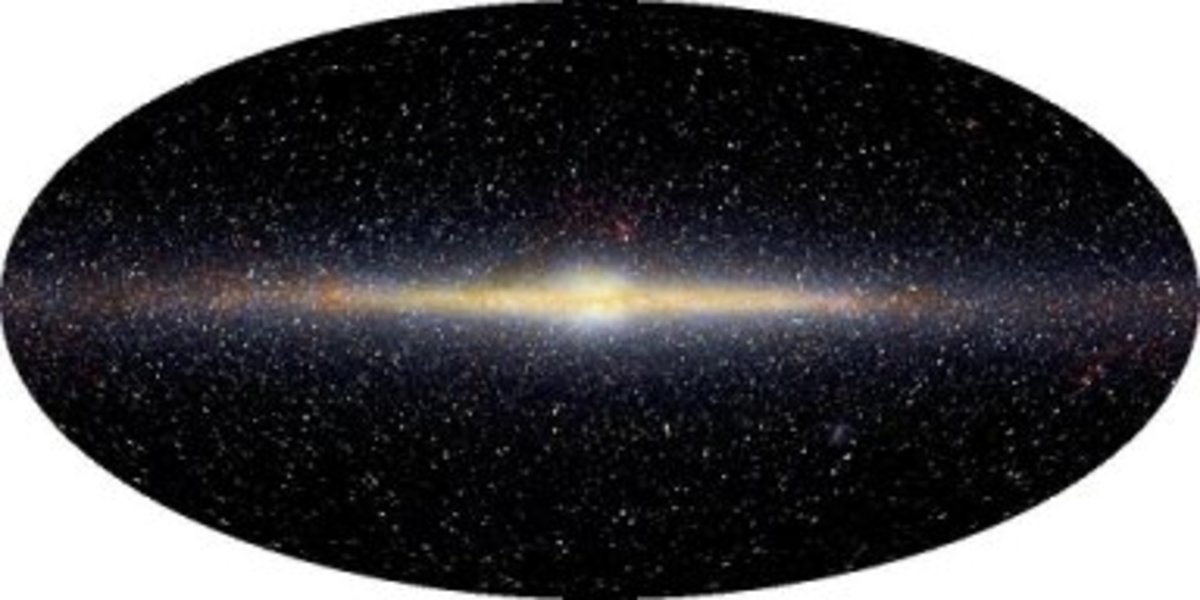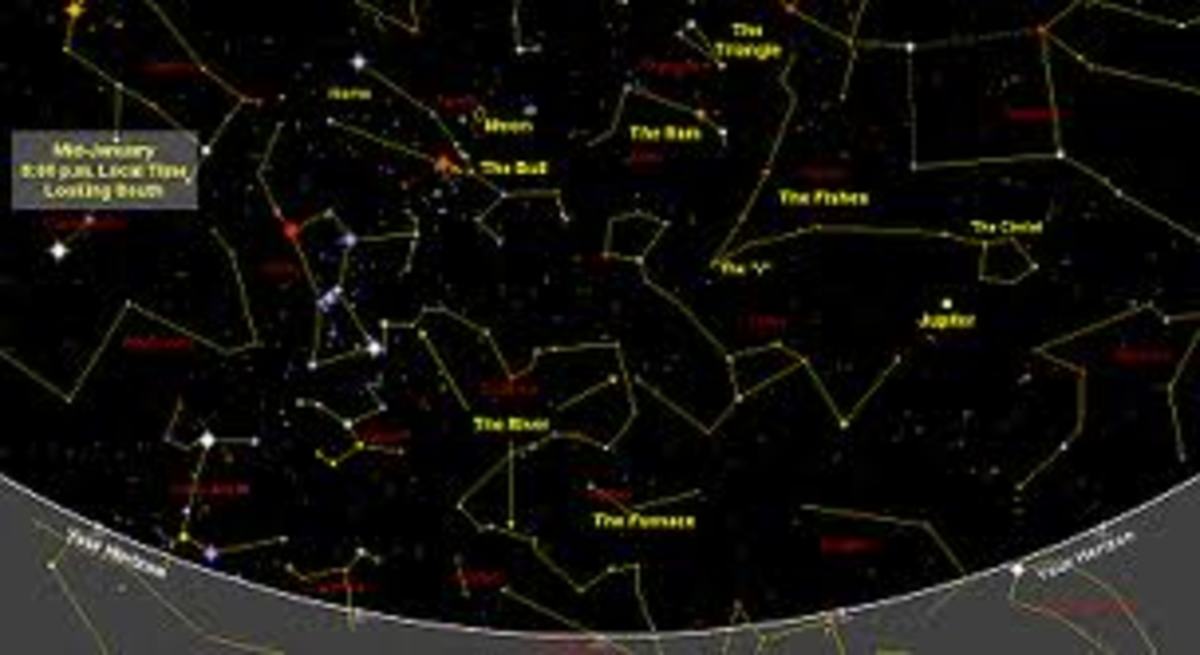Questions & Answers Related to The Solar System
The Solar System
What is the solar system?
The solar system consists of the sun, and every thing that revolves around it. The sun,egiht planets including our earth,on which, we are living,their moons and satelites,asteroids or minor planets and millions of comets and meteoroids make up the solar system.
The sun is the gaint of the solar system. The mass of the sun is much more then tha masses of all the planets put together. Therefore, it occupies the centre,and is said to be the parent of the solar system.
The worl 'solar' means,'related to the sun'. There may be many solar systems in the universe.
Begining of Solar System
How did the solar system begin?
The solar system was born from a great cloud of whirling gasses. The force of gravity drew the atoms of the gas close together. As the gas condensed into a ball, the circular motion increased. Rings of matter were left spinning around the central mass. These rings of matter condensed to form the planets, and the central ball of gas become the sun. This is the widely acceptable Nebular Theory.
Another theory is that a star passed close to the sun, or collied with it. This tore a great stream of materials from the sun and sent it spinning around. Some of this material was moving too fast to fall back to the sun. It came together to form the planets. This is the Planetesimal Theory.
Theories like Tidal theory and Proto planet Theory also explain the origin of the solar system in different ways.
Also Read:

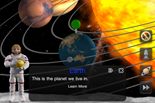
Bodies, That Make Solar System
What are the bodies that make up our solar system?
As we already know, our solar system make up with sun,eight planets,moons,asteroids that moves around it.
Aplanet is a heavenly body that revolves round the sun. Our earth is a planet.
A moon or satellite is a heavenly body that revolves around the planet. The moon we see in the night sky is the satellite of our earth. While the earth has only one moon,Jupiter has 67 moons revolving round it.
In addition to the planets, there are asteroids. They differ from major planets, mainly in size. They are also called planetoids. Two other kind of heavenly bodies are also there comets and meteroids. Comets have a head of bright growing gas, and a thin gaseous tail.Meteroids are bits of solid rock like particles. Most of them were once parts of comets.
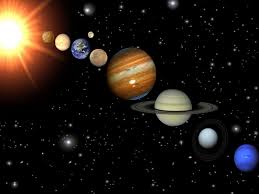
The Solar System Setup, Kaplar and Newton's Law
Why does the solar system stay in this way?
The solar system is surprisingly systematic. Certain laws of nature maintain the relationship between the sun and our planets.
Scientist like Johannes Kapler and Isaac Newton uncovered these secret laws.Kaplar's laws of planetary motion governs the rotation of planets.The law state that the planets travel around the sun in an elliptical or oval path, a planet moves fasterin orbit as it near the sun, and that there is a relation between its distance from the sun and the time it takes to complete the orbit. Newton's law of graavity explain how to objects attract each other.
There is no reason, why the solar system is arranged exactly as it is. It might have been arranged differently, Just as there are other solar systems in the universe arranged differently.
Planets Moves Round The Sun
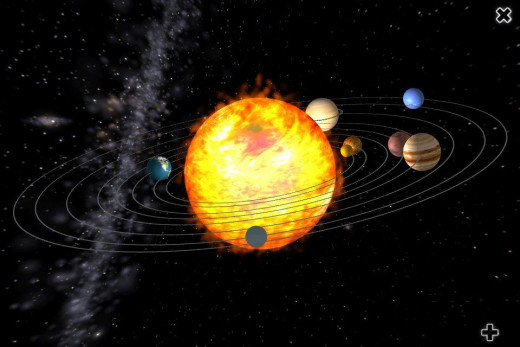
Discovery of The Secrets Of solar System
How did Nicolaus Copernicus and other astronomers discover the secret of the solar system?
Today, we all know that the sun lies at the center of the solar system.However it was not the always the case. Until 16th century,people thought that the earth was centered of the universe. It was Nicolaus Copernicus who change this view. In 1543, Copernicus published a book about the new ideas he had. According to him, the universe was not centered around the earth, but the earth was only a planet circling the sun. Not many people liked his ideas because they were against the belief of those days.
Johannes Kepler,in 1609, proved that planets moves around the sun in elliptical orbits, based on the observations of the great astronomer Tycho Brahe. The last nail in the coffin of the theory of the earth centered Universe, was put forward by the great scientist Galileo Galilei, with the help of the telescope.



